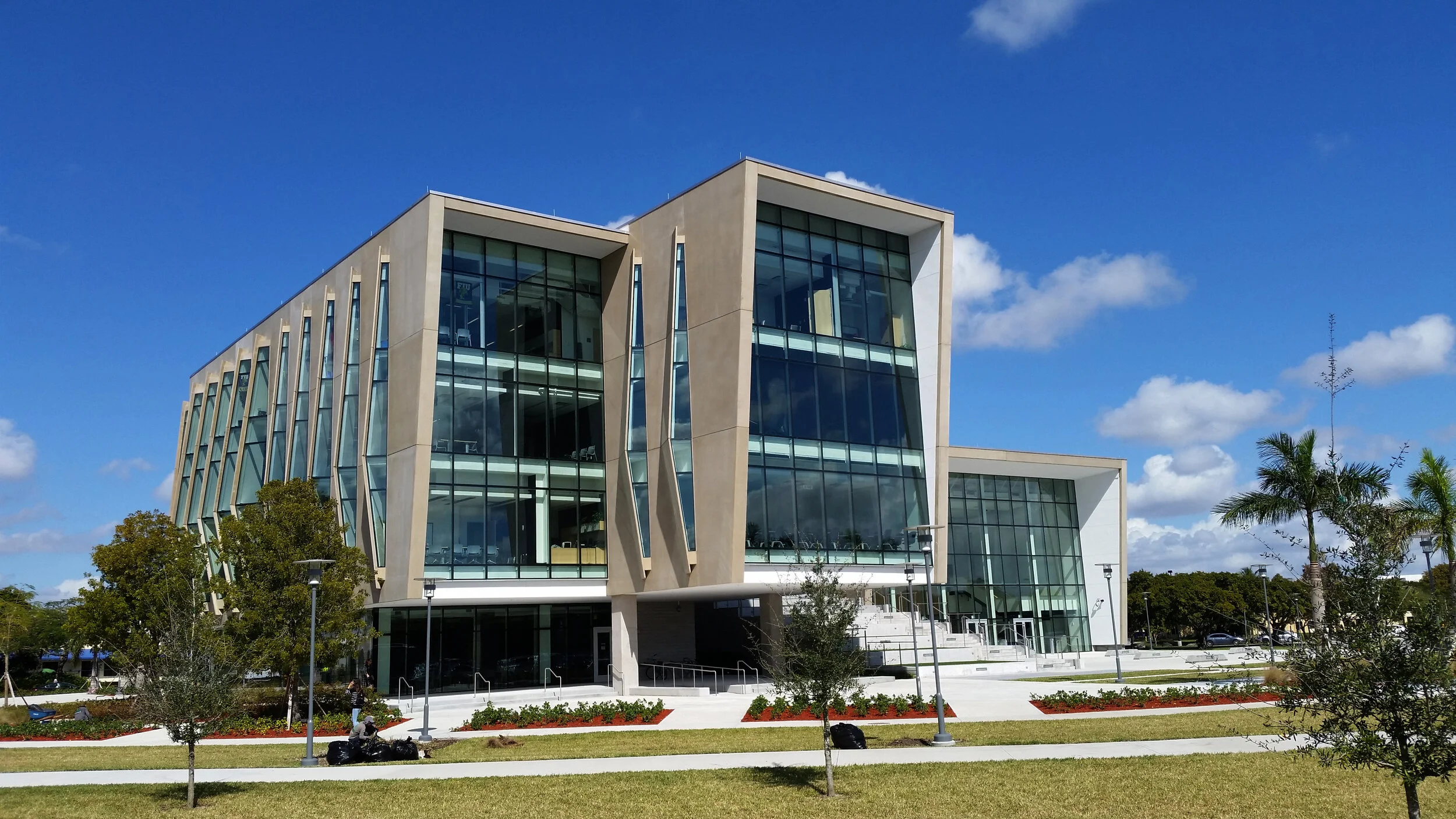Florida, affectionately referred to as the Sunshine State, is the warmest of all American states with an average daily temperature of 70.7 F. The wet season in Florida lasts from May to October and records the highest rainfall of all the states, with the wettest time occurring between August to October. This time frame is also when hurricanes, tornadoes, and severe thunderstorms are the most frequent.
New buildings constructed in Florida must comply with the state’s hurricane codes which include requirements for windows that can withstand debris and secure roofs. However, these codes can only offer so much guidance when designing new structures within the state. In addition to windows and roofs, important consideration must be given to the actual building materials that the new structure will be made from. This aspect of building design is where precast concrete out performs its competitors.
Precast Concrete Components Meet FEMA P-361 Design Standards
Wind speeds, along with other guidelines such as protection from wind debris, were chosen by FEMA to ensure near perfect protection for occupants during extreme weather such as tornadoes and hurricanes. Precast meets FEMA’s standards for structures such as storm shelters and safe rooms in its most basic form without the need for additional design elements.
FPCA producers have provided precast for a multitude of structures designed to withstand up to Category 5 hurricanes, some of which are located along the coastline of Florida.
Clearwater Fire Station located in Clearwater, FL was designed as a total precast structure capable of withstanding Category 5 hurricanes.
The Tampa Data Center in Tampa, FL was required to offer Category 5 hurricane resistance to protect the sensitive servers and other equipment housed within the facility.
Pompano Beach Parking Garage in Pompano Beach, FL is constructed of precast designed to ensure the structure could withstand up to 170mph winds and resist the corrosive oceanfront environment located just 300 feet from the structure.
Precast Concrete Can Achieve Aesthetics and Resiliency
Aesthetics don’t have to suffer to achieve storm resistance with precast. Architects design unique, stunning buildings using precast every day that also protect both occupants and the overall structure.
One example of how architects work with engineers and precast producers to develop innovative designs is FPCA producer Gate Precast’s work on the FIU Student Academic Center in Miami, FL. The architect wanted to create “fins” on the sides of the building that would help with lighting and match the surroundings. Gate was able to provide architectural precast panels to achieve a thinner profile and stronger hurricane resistance than what the original metal panel system was designed for.
Precast Concrete is Storm Resistant
Precast is inherently resilient and provides excellent protection against high winds, storm surge, and flying debris that accompanies hurricanes and extreme thunderstorms. To provide its storm resistance and resilience, precast has been impact tested against debris which often becomes projectiles moving at high speeds during storms.
Precast Concrete Structures Can Quickly Recover
Sometimes storms can be so powerful that structures take damage regardless of design or the materials used to construct it. Even if buildings survive winds and debris, flooding can completely destroy a structure making foundations unsafe and walls collapse. Precast has the added benefit of allowing structures to quickly return to normal even after devastating events such as flooding because it is mold/mildew resistant and able to withstand flooding without long lasting damage.
Extreme weather is here to stay in Florida, as well as other states located along the US coastline. The design community is tackling the issue head on with the use of building materials such as weather-resistant precast. Through the use of precast, beauty and strength come together to provide the solution for weather concerned communities.









